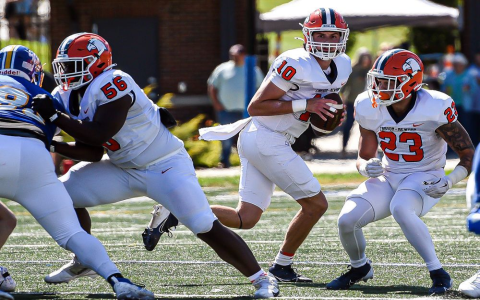The concept of “Mars Football” envisions adapting terrestrial football for the unique environmental conditions of Mars. This speculative sport would necessitate significant modifications to rules, equipment, and playing style, presenting both intriguing possibilities and substantial challenges.
Environmental Impact on Gameplay
Playing football on Mars would be fundamentally different due to several key factors:
- Reduced Gravity: Mars possesses approximately 38% of Earth’s gravity. This would lead to players jumping higher, balls traveling further and staying airborne longer, and potentially altered running mechanics.
- Thin Atmosphere: The Martian atmosphere is less than 1% the density of Earth’s. This drastically reduces aerodynamic drag on the ball but also means there’s insufficient atmospheric pressure and oxygen for unprotected human life.
- Temperature Extremes & Radiation: Surface temperatures fluctuate wildly, and radiation levels are high. Games would likely need to be played within climate-controlled, shielded enclosures or domes.
Player Equipment and Safety
Athletes participating in Mars Football would require specialized gear:

- Pressurized Suits: Similar to astronaut suits but optimized for athletic mobility, these would provide a breathable atmosphere, thermal regulation, and radiation protection. Flexibility and durability would be paramount.
- Ball Design: The standard football might be unsuitable. A Martian football could require adjustments in mass, material, or internal pressure to behave predictably in low gravity and minimal atmosphere.
- Life Support Systems: Integrated into the suits, these systems would be critical, with backups and monitoring essential for player safety.
Potential Rule Adaptations
The rules of football would almost certainly need to evolve:
- Field Dimensions: Given enhanced player mobility and ball trajectory due to low gravity, the playing field might be significantly larger.
- Contact Rules: Physical contact between players in bulky, life-supporting suits would need careful regulation to prevent suit damage and ensure safety.
- Game Duration & Substitutions: The physical exertion of playing in a suit, even in lower gravity, could necessitate shorter match durations or more frequent substitutions.
- Aerial Play: The low gravity environment would naturally emphasize aerial maneuvers and strategies.
Challenges and Feasibility
Logistical Hurdles: Establishing facilities, transporting equipment and personnel, and ensuring consistent life support present enormous logistical challenges.
Technological Development: Advanced suit technology, reliable habitat construction, and potentially terraforming efforts are prerequisites.
While currently a concept for the distant future, Mars Football represents an exciting thought experiment in how human recreation and sport might adapt to extraterrestrial environments. It pushes the boundaries of sports science and engineering, envisioning a new frontier for athletic endeavor.



